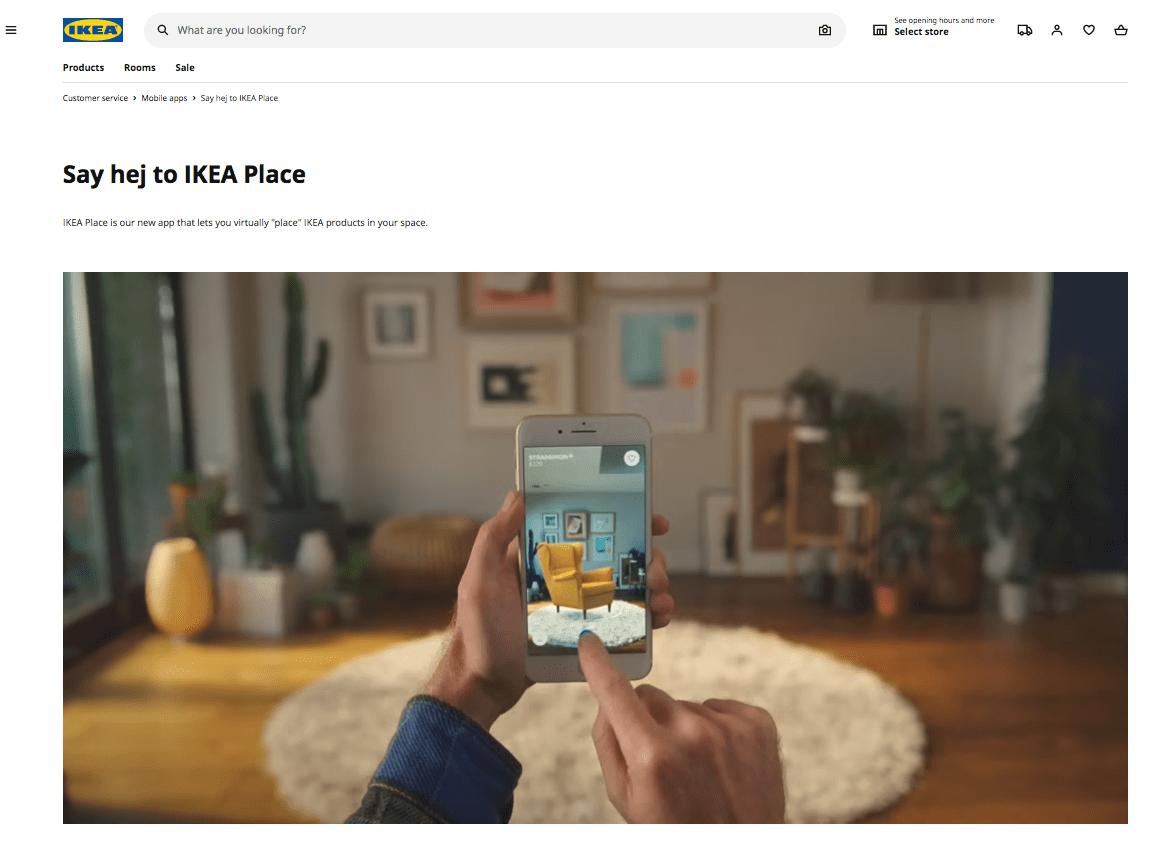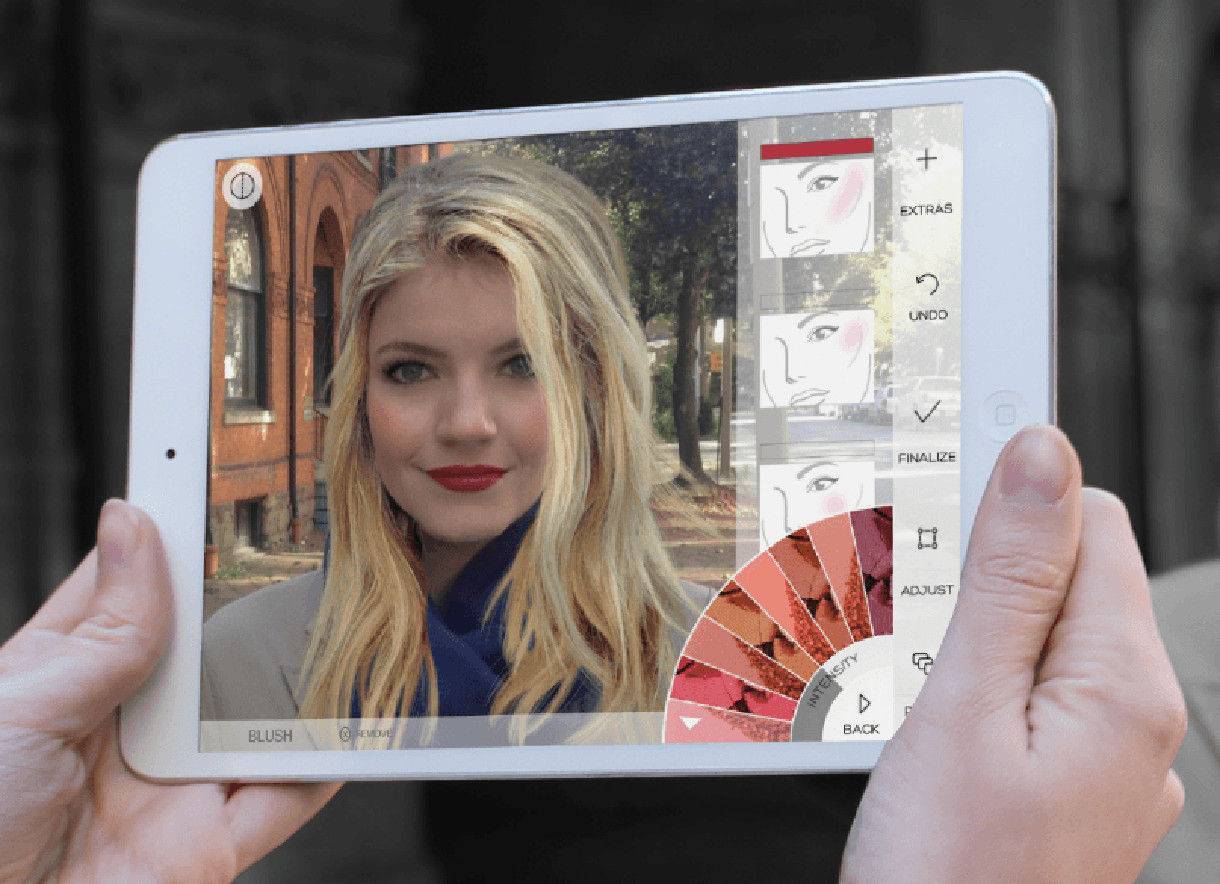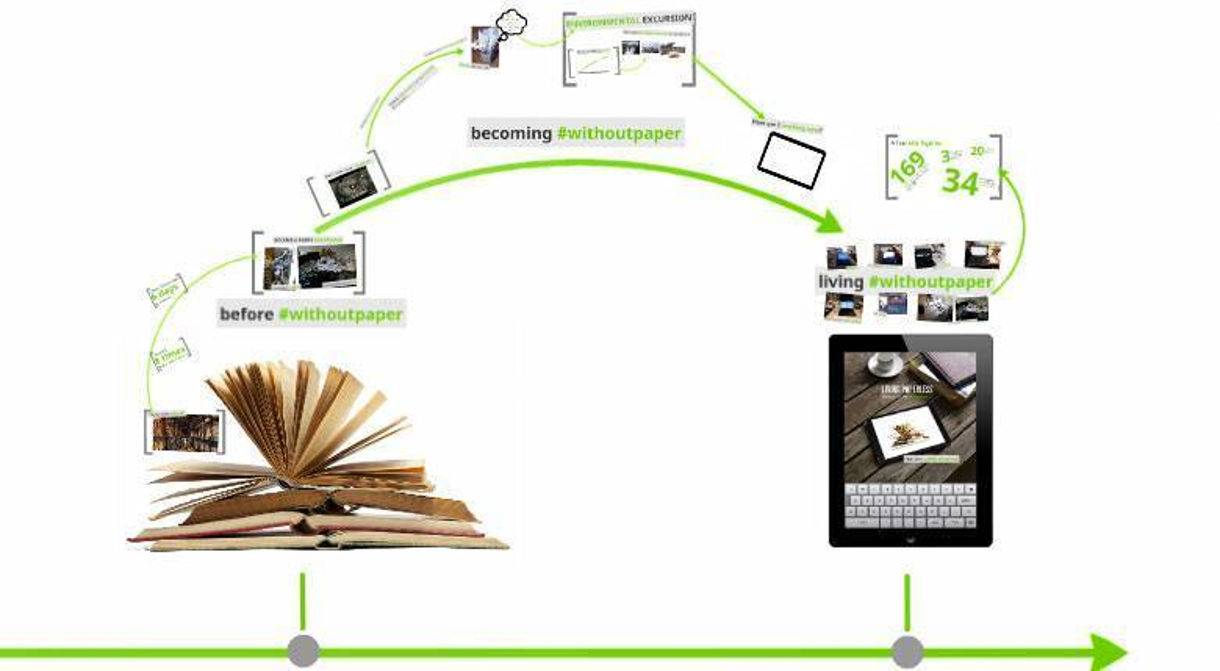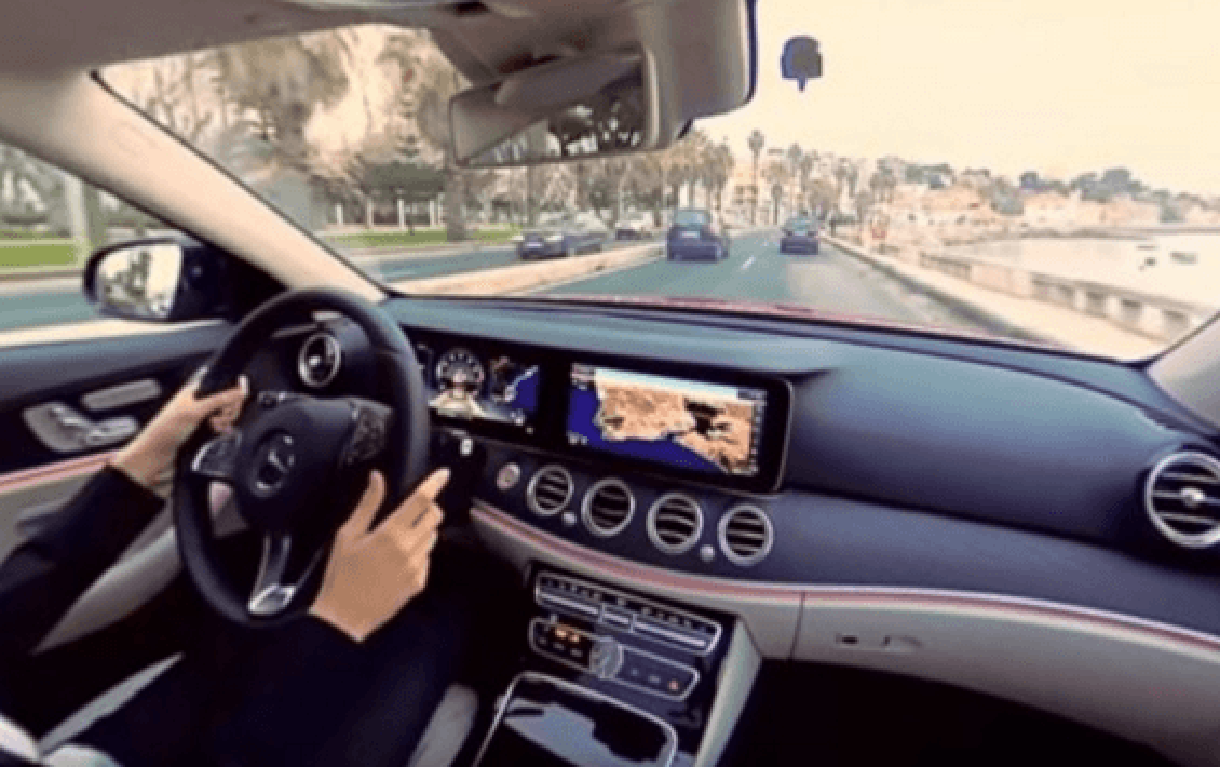

Augmented Reality and 360 Degree Media Marketing

At this point, you’ve probably begun to notice the increased prominence of augmented reality, 360 degree photos, and 360 degree videos. These technologies are being used in a new wave of marketing that seeks to provide audiences with a more immersive experience. It all stems from the goal of delivering an exciting or entertaining experience while completely surrounding a specific user with content that relates to your brand. The impressive virtual experience will then be closely associated with the product or service being offered and further improve the opinion of your brand. So what are some ways that companies and organizations are beginning to capitalize on these technologies? We’ve provided an overview and some examples of ways businesses are using these marketing techniques to maximize their brand presence and market impact.
Augmented Reality
Augmented reality is defined as the overlay of information onto the real world, allowing users to see virtual items or information while looking at real things. If you’re a gamer, odds are you’ve seen the uptick in industry over the past several years. However, entertainment is not the only place where AR and VR are having a massive impact.

(Source: Modiface.com)
Some products just need tested before purchase. Modiface patented an augmented-reality mirror that can show makeup, hair, skin, and anti-aging changes in live 3D. This has significantly increased their market reach. Picking the perfect hair styles, makeup, and skin products that look so different on each individual is hard to accomplish without actually seeing it first. Modiface utilized AR to eliminate that barrier.
How hard is it to pick out furnishings for your home when you aren’t actually in your home? Pottery Barn knows this struggle well. They now offer an application making use of Google’s Tango augmented reality technology. The app allows consumers to move hundreds of furniture types and styles all around their homes and position them however they want. All you do is point your phone. Pulling the trigger on that new bedroom suit has never been easier.
360 Degree Photos
360 degree photos are taken with a 360 degree camera. The photos are made up of two wide-angle lenses on either side of the camera, each lense capturing 180 degrees. These photos do not require much imagination to feel like you are actually standing inside the view of the camera. The photos are not just left to right. Some cover every angle above and below as well, however there are not many true-form 360 degree photos posted yet.

(Source: Marimekko.com)
Images and other visuals are crucial when trying to sell your product. People want to see exactly what they are getting. Marimekko, a Finland design house, uses interactive 360 degree photos of their shops to share their unique atmosphere that sets their brand apart from competitors. Marimekko is known for their empowering lifestyle brand marrying creativity with function, and their 360 degree photos help share that with their virtual shoppers.
360 degree photos are also awesome tools for interior designers. They even allow the opportunity to partner with other vendors such as real estate agents or retailers. The retail product collection does not have to be present in the picture, but can actually be annotated in with still pictures. Often retail stores will add website catalog photos with prices and a link to the site. It's a win, win! Customers can take tours of hundreds of homes per week without ever meeting the agent with the keys to the house. 360 degree photos take shopping from home, even if it’s for a new home, to the next level new level.
360 Degree Videos
Some think there is little difference in 360 degree videos and augmented reality. The difference is actually bigger than you think. Augmented reality actually lets you interact with a virtual scene, whereas a 360 degree video happens around you.
So how do businesses use 360 degree videos? Lipton used 360 degree video to promote its Magnificent Matcha Tea that “takes you inside the cup”. The video displays different scenes illuminated with bustling tea leaves that makes the viewer feel like they can almost taste the tea simply by watching. With over 6.5 million views, it was a massive success. It went so well in fact that they made one for each of their tea flavors.

(Source: Mercedes-Benz.com)
Mercedes Benz also created a 360 degree video for customers to experience the E-Class without going to drive it. The video takes you inside the vehicle and also lets you look in from the outside while the car is moving down the road. It’s fair to say that you need to feel how the car rides before moving forward with a decision. But the video experience is the next best thing to test driving the vehicle. Car dealers are doing more to adopt this as a feature of their business.
Ultimately, your audience wants clear, crisp imagery to better inform their decisions. If you can offer them an impressive virtual experience that they will associate with your brand, even better. Look to some of these immersive marketing campaigns for inspiration and prepare to really turn some heads in the near future.




